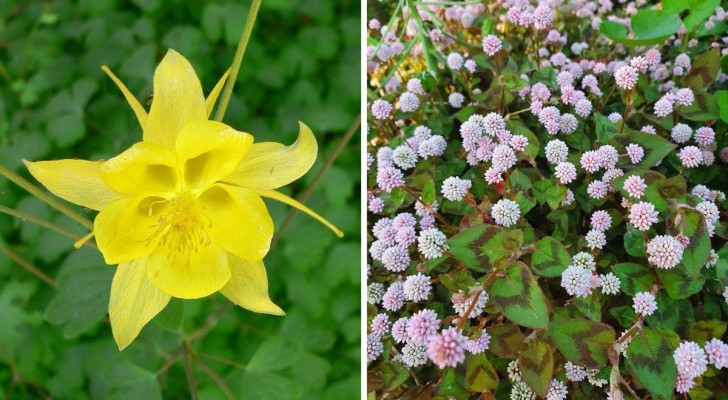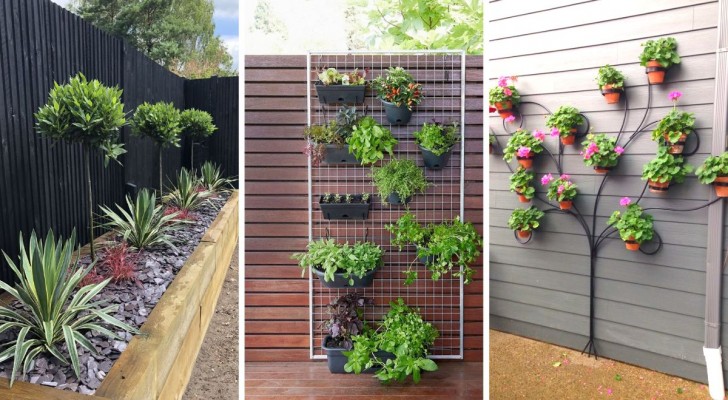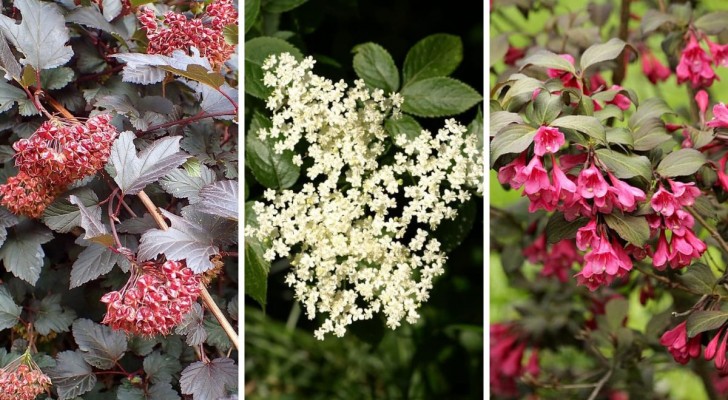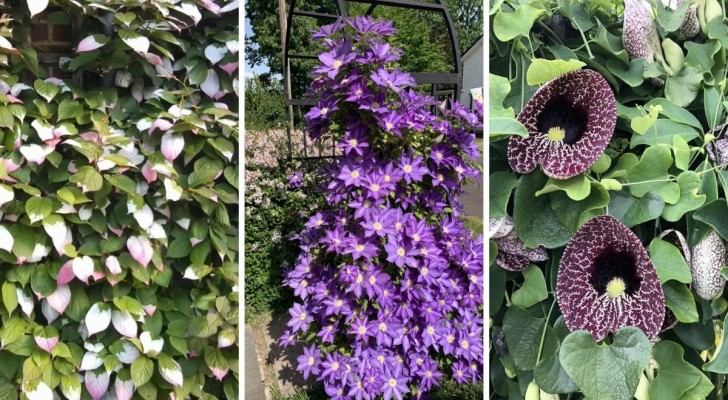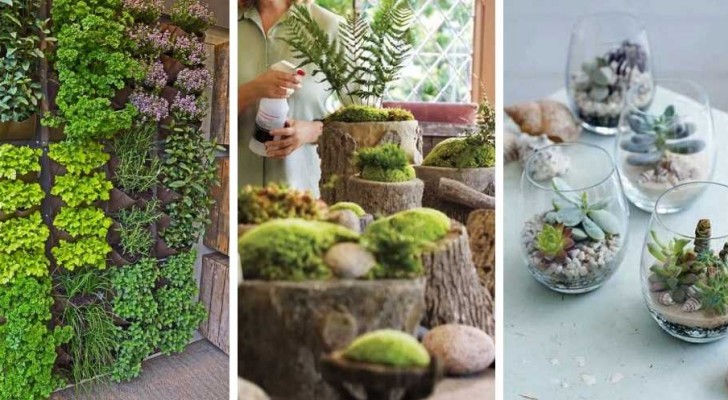Ugly fence in the garden? Turn it beautiful using one of these 5 climbing plants
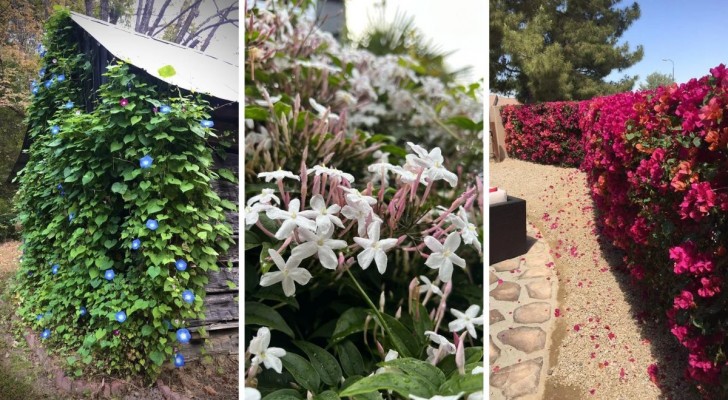
The borders of our gardens are a fundamental feature, but they are not always made from materials that we would prefer. Sometimes, borders fall into disrepair, as happens to certain fence types. And some borders sacrifice aesthetics in favor of functionality.
Putting up a new fence - especially if you want a nice design with quality materials - usually means going to considerable effort and expense: but this is not the only way to erect good-looking fence or border. You can use plants! Climbing plants (creepers) are perfect for this purpose!
In addition to roses and wisteria (which require a good deal of maintenance), there are also other species that are easier to care for, smell great and are also very beautiful. Here are 5 plants you can consider using for this purpose:
Honeysuckle (Lonicera caprifolium)
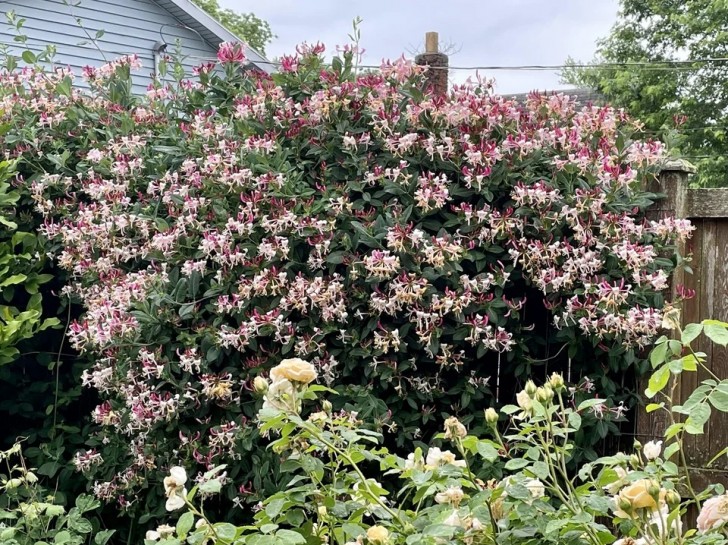
In the countryside, wild honeysuckle, with creamy white flowers, gives off an intoxicating scent from spring to summer. Honeysuckles (which come in many varities) are generally very hardy plants, and require care only in the first year or two. They can also grow in partial shade (even if they will produce a little less flowers), and they also tolerate extreme temperatures quite well. In short, honeysuckles are a great choice for a garden border.
Bougainvillea
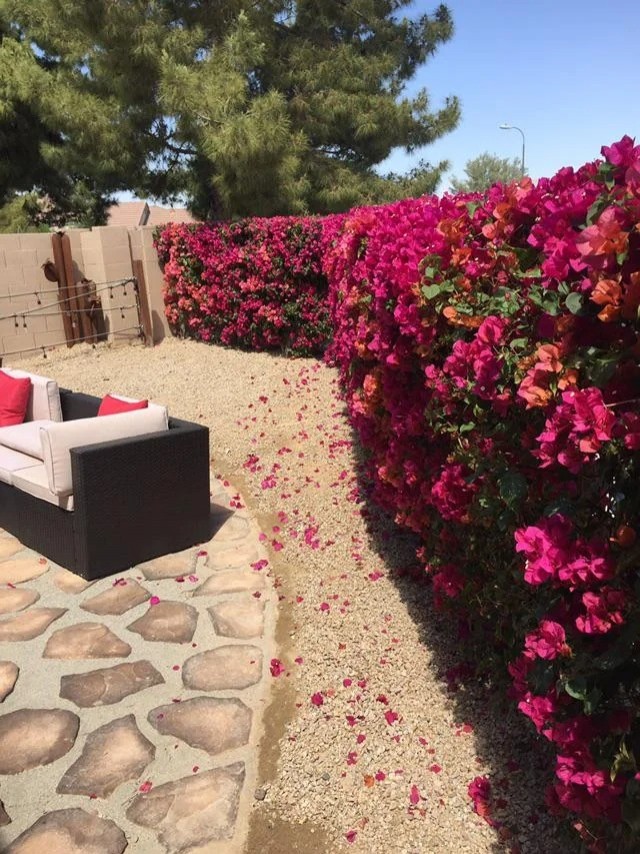
If, on the other hand, you live in a warm and sunny region, there is a classic choice that is worth considering: a bougainvillea hedge. These plants are suitable for seaside regions where winters are not too harsh. If you plant them in a sunny spot they will give you a spectacular flowering, while a more shaded area will cause the plant to produce lots of leaves, but fewer flowers. Bougainvilleas should not be exposed to strong winds.
Jasmine

A scent that always enchants one - especially on summer evenings - is that of the jasmine plant (Jasminum L., or true jasmine). There is also a related plant called false jasmine (Rincospermum), but either are a great choice for borders.
True jasmine prefers sun and heat, while false jasmine can also thrive in winters. So, there is a jasmine for your every need!
Clematis

Clematis thrives best in the sun. However, they cannot withstand prolonged drought, so in the summer, if the soil dries out completely before the rain returns, it is best to water them. They are plants that can cover large surfaces with a dense crown of flowers and are always very beautiful to look at.
Morning Glory (Ipomea)
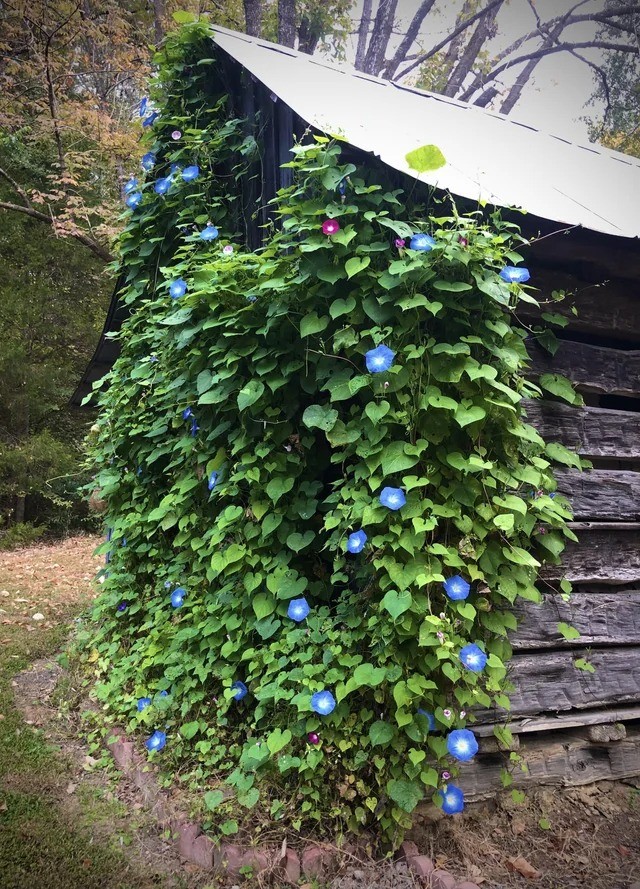
Relative of the bindweed - often considered a pest - morning glory is sometimes called the bellplant. Like the foregoing plants, morning glory is also easy to cultivate. There are actually hundreds of species, most having a very similar appearance: it is in the details of the flowers that the varities are determined. Morning glory prefers direct sunlight and temperatures that don't fall below 12-14°C in winter. This plant will become self-sufficient in about a year.
Which of these plants would you use in your garden as borders?
